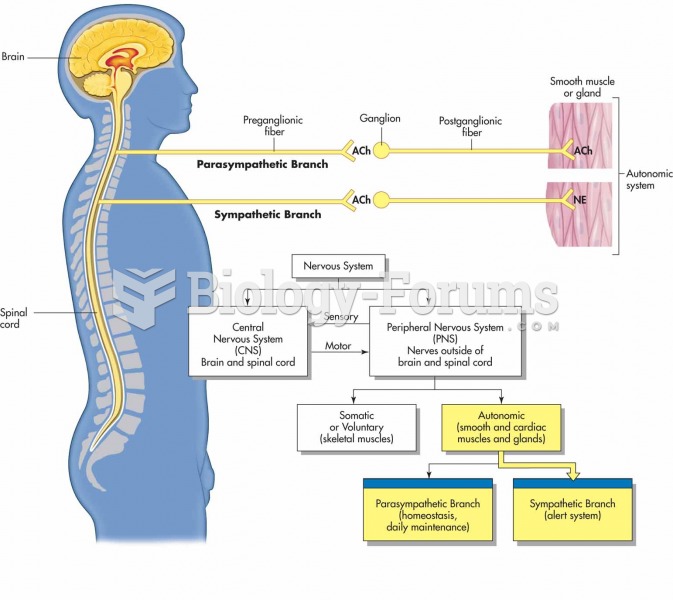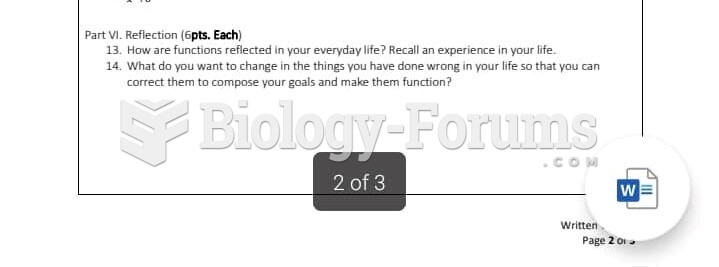|
|
|
Did you know?
The horizontal fraction bar was introduced by the Arabs.
Did you know?
Stroke kills people from all ethnic backgrounds, but the people at highest risk for fatal strokes are: black men, black women, Asian men, white men, and white women.
Did you know?
By definition, when a medication is administered intravenously, its bioavailability is 100%.
Did you know?
The U.S. Preventive Services Task Force recommends that all women age 65 years of age or older should be screened with bone densitometry.
Did you know?
Illicit drug use costs the United States approximately $181 billion every year.







